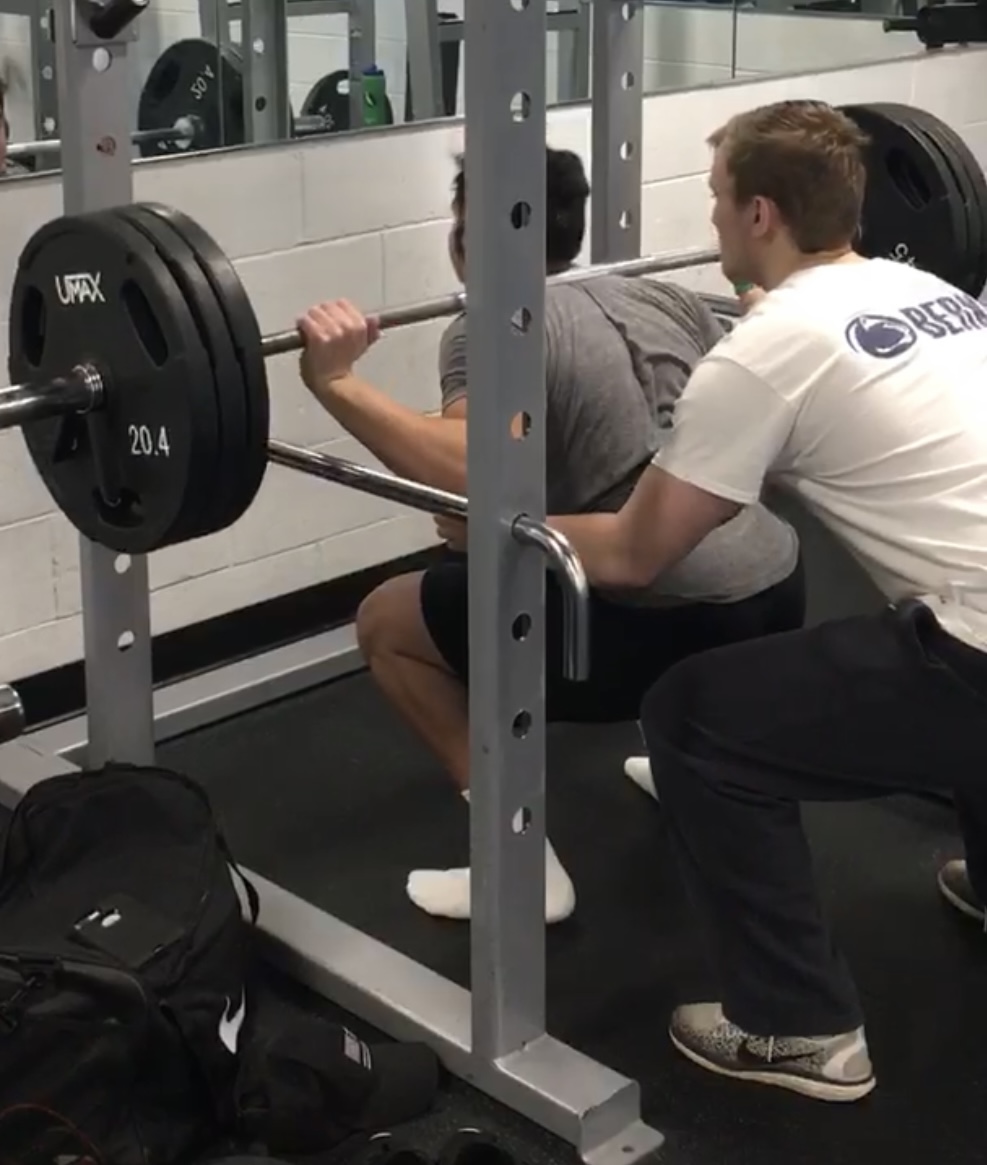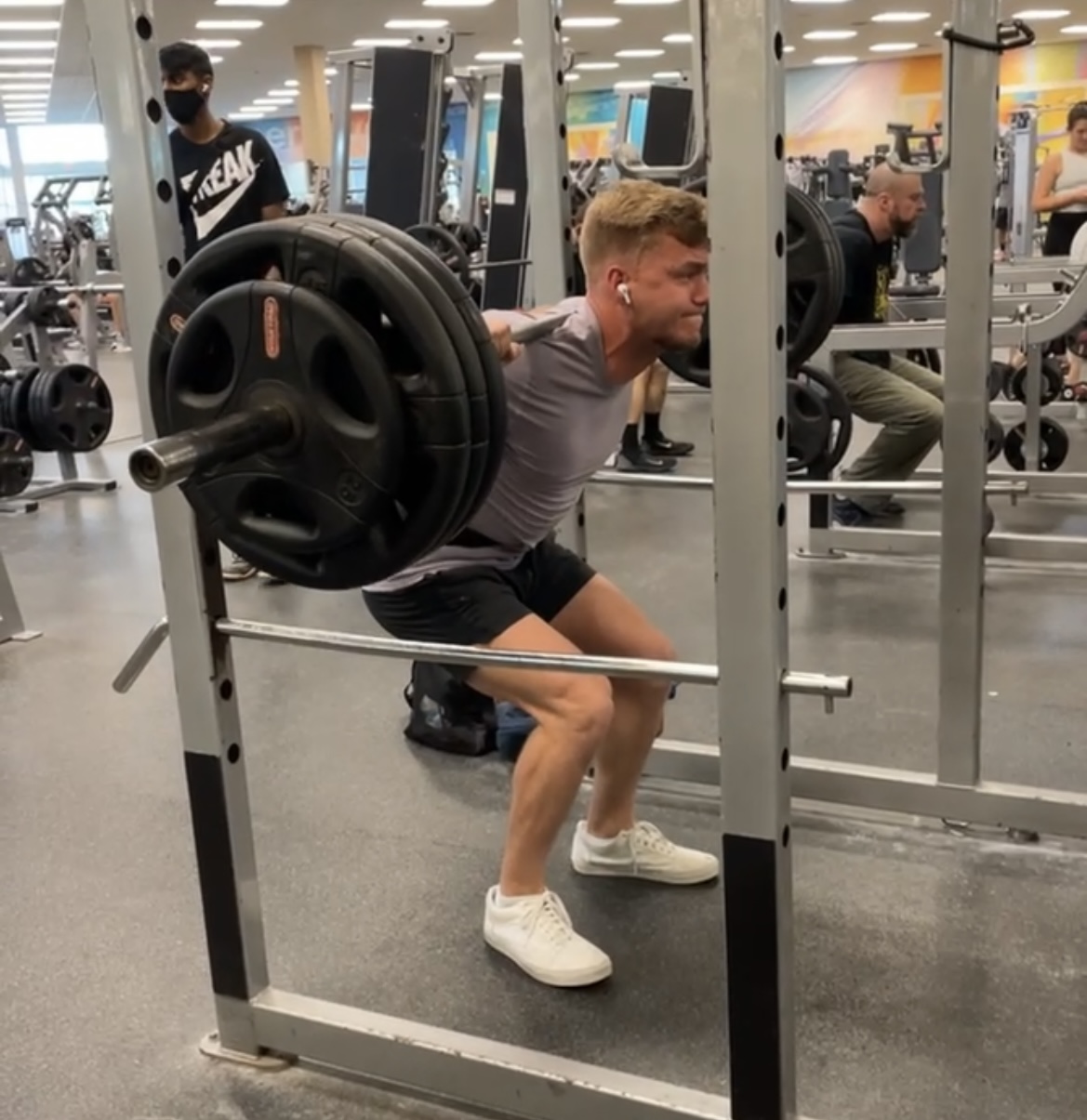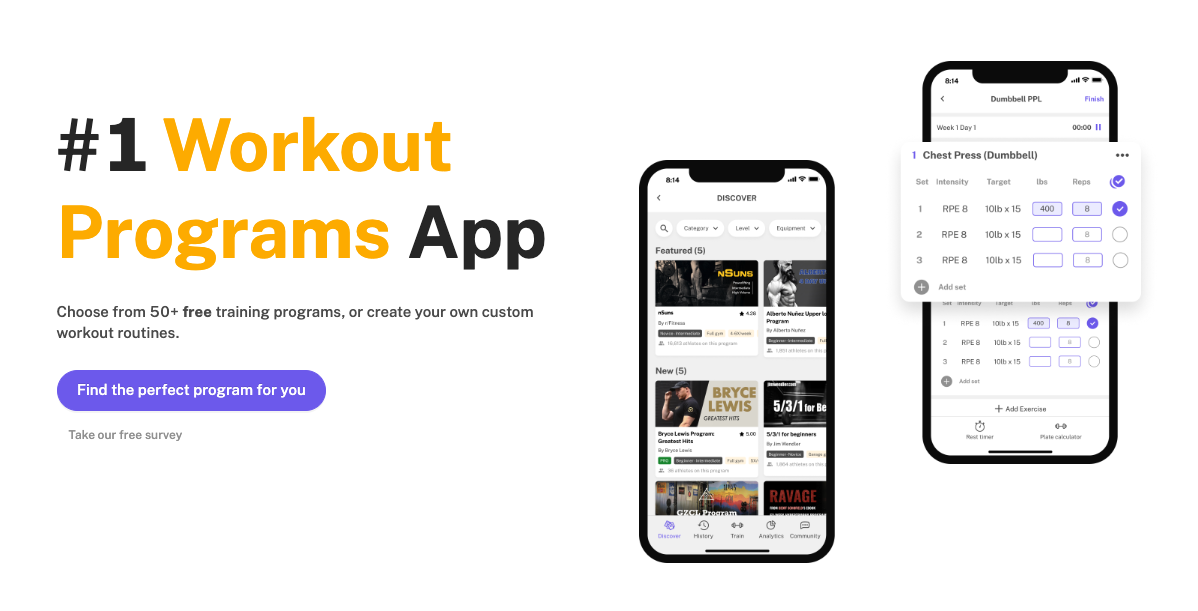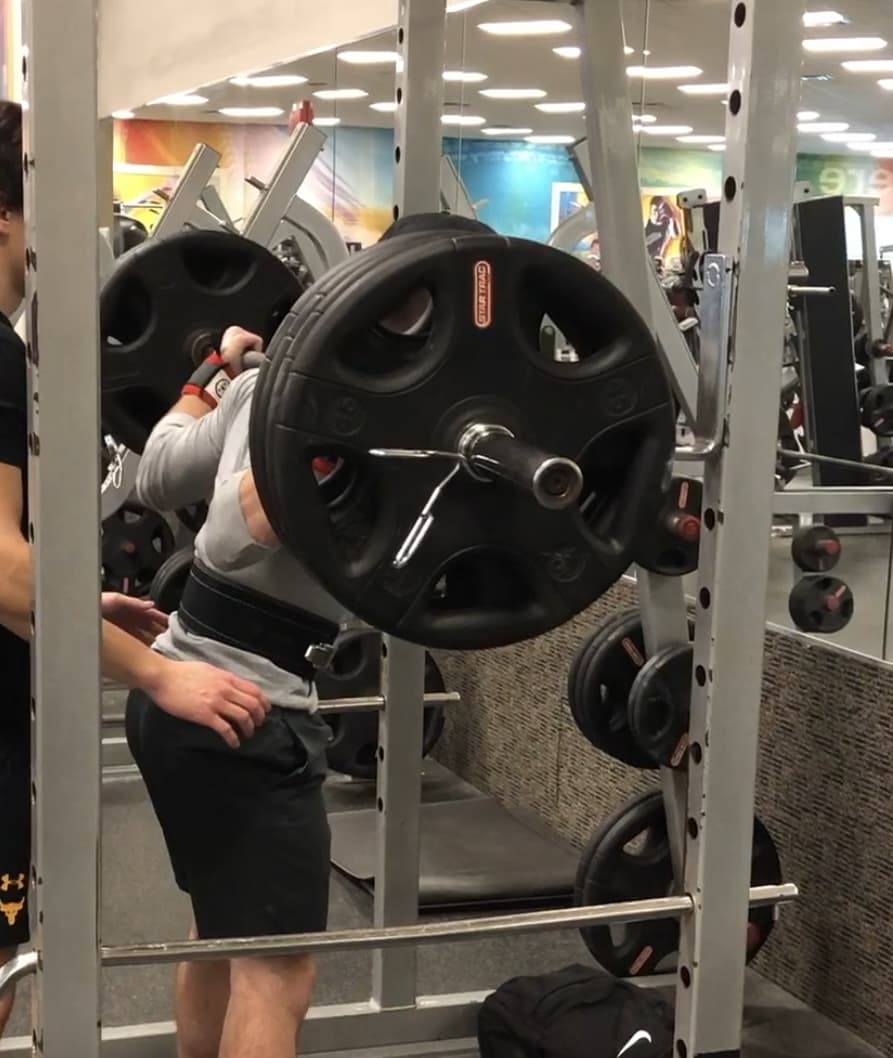Do You Need to Barbell Squat?
Written by The Boostcamp Editors
Do You Need to Barbell Squat? Everything You Need to Know
Strength, power, explosiveness
When it comes to your leg day, there are plenty of different exercises that you can do such as the hack squat or leg press, but there is one that is regarded as the king of leg exercises: the barbell back squat, which is regarded by many powerlifters and bodybuilders alike as the only way to do it. Unfortunately, the barbell squat is often left out of training programs for people who do not compete in powerlifting or other strength sports like strongman and Olympic weightlifting, as there is a greater risk of injury with this movement than other movements.
Even modern bodybuilders many times will choose to do different movements for their legs instead of the barbell squat. However, the benefits of the barbell squat are too great to ignore.
Let’s dive into whether or not you need to have the barbell squat in your training routine.
The Origin of the Barbell Squat

A squat rack and barbells can be found in just about every single gym that you walk into (except maybe a Planet Fitness). That being said, most gyms give you the option to squat, but where did the movement originate from?
In the early 1900s, the exercise that we have come to know as the squat, it was actually simply labeled “bending on the knees”. At this time, the squat rack had not yet been invented and lifting heavy weights that were resting on the shoulders was too difficult, so as a result, knee bending was often performed lightly throughout different sets and reps. Unsurprisingly, this was responsible for often causing many injuries.
Eventually, the form of the movement had adapted and the athlete would stand with their heels together, toes out (almost like a duck stance/sissy squat) and knees would be placed at an angle of about 45 degrees from their body. Then, the lifter would bend their knees until their glutes were just about touching their heels, almost like how bodybuilder Tom Platz would perform his sets on the hack squat, prioritizing the quadriceps.
It was not until 1921 that the magazine “Strength” used the term “squat” to describe an exercise, and German immigrant Henry Steinborn was the one who was credited with its invention. Henry had arrived in America after World War I, and is recognized as the inventor of the squat.
Other athletes began to see that with Steinborn’s exercise they could lift heavier weights, as we know now that the benefits of the squat transfers strength to other lifts. Not only did athletes notice that, but they saw that Henry was able to lift greater weights pretty much without injuries. Almost overnight, the squat became a standard among lifting exercises both in gyms and weightlifting competitions.
Benefits of the Squat
So what are the benefits of the movement? Well, the squat brings a load of benefits that can even help you in your other lifts, but also in your everyday life.
Here are some benefits of the barbell squat:
Stronger glutes: The squat is a great glute builder, which not only aids to the aesthetic aspect of your physique, but also can transfer to other lifts such as the deadlift, on the lockout part in particular.
Functionality: The squat is a functional movement, as it helps with the strength of everyday movements such as standing up and going up a flight of stairs.
Increased bone strength: Yes, squats can even help with your bones. Weight bearing exercises are known to help with your bones, and squats in particular help make hip and leg bones, as well as your joints more resilient via improved bone mineral density.
Weight loss: Yes, even though you will be building muscle with the squat, they will burn more calories than a lot of other lifts as they recruit more muscle fibers than many other movements.
Overall muscle growth: When you want to pack on the muscle mass, a squat is a great exercise to do so, and not only for your legs. The squat helps the body generate more human growth hormone as well as testosterone, which are both necessary for building muscle.
Cons of the Squat
While the squat brings a great load of benefits to the table for your overall physique and strength, there are also cons associated with the movement. Here are some of the cons of the barbell squat:
Risk of spinal injury: A lot of pressure is put on the midsection, the spinal chord in particular, when squatting. That being said, pieces of gym equipment like a weightlifting belt can be good to keep in your gym bag.
Risk of knee injury: Squatting requires a lot of knee strength, and with improper form or too much overload, you risk blowing out your knees.
Can hurt posture: If you are overloading your spinal chord and injuring yourself, there is the chance that your posture is never going to be the same.

Now, the cons of the squat come mainly with improper form and an overload of weight. A lot of times lifters will focus far more on the weight that is loaded on the bar, shooting for a new one rep max far too often, rather than the form they are using to complete the movement. Improper form or too much weight can lead to a load of bad things, such as those injuries mentioned above, as well as muscle imbalances and underdevelopment of certain areas, even in the back muscles. It's important to note that not everyone may be a good back squatter, or even back squat at all, due to various reasons such as injury history, mobility restrictions, unique mechanics and proportions, etc.
That being said, it is crucial to find a program that has the lifter progressively overloading properly, as well as focusing on form. And by progressively overloading, we do not mean adding five pounds to your squat every week or 3 more reps to your sets each week. Instead, progressively overloading can mean utilizing things such as static holds, squatting deeper, and so on. Form supersedes weight just about every time, especially after years of training.
How to Squat
So, let’s take a look at how to execute a great barbell squat, so you know how to do it and are not risking hurting yourself or sacrificing your gains and progression.
Place the barbell on your shoulders in a comfortable position
Stand straight, with feet hip-width apart
Brace your core muscles (lifting belts are acceptable, but do not depend on them)
Lower down as if you are sitting in a chair that is at 90 degrees or lower
Stand back up and repeat
It is such a simple movement, yet it is so easy to mess it up and injure yourself. If you can master your form, the benefits are immaculate.
Finding the Best Workout Programs With Squats
When it comes to incorporating exercises like squats into your workout, you would want to find a program that caters to your needs and guides you in the right direction. If you are looking to stay on track and continue with your progression then finding a good workout program is the key. Where do you look for a good workout program? Check out the Boostcamp App for some great programs.
Boostcamp is home to over 50 FREE workout programs that consist of strength, hypertrophy, or functional fitness, or both. However, with Boostcamp, you don’t have to just follow a pre-written program, you also can create your own program as well, and track your progress to make sure you are on the right track. That being said, when you are looking to incorporate some arm training to further your powerlifting progress, then check out Boostcamp.
Also, be sure to follow Boostcamp on Instagram and subscribe on YouTube!

Wrapping up: Is the Barbell Squat Necessary?
So, do you need to do a barbell squat on your leg days? The short answer is no you do not need to do a barbell squat every single leg day, however you would be silly to leave the basic barbell squat out of your training routine. There are so many benefits, including strength gains, that the basic barbell squat can bring to the table if executed properly, so unless you are physically incapable of performing this movement then there is no reason to not utilize it.
Will you be trying a training program that incorporates the squat?

